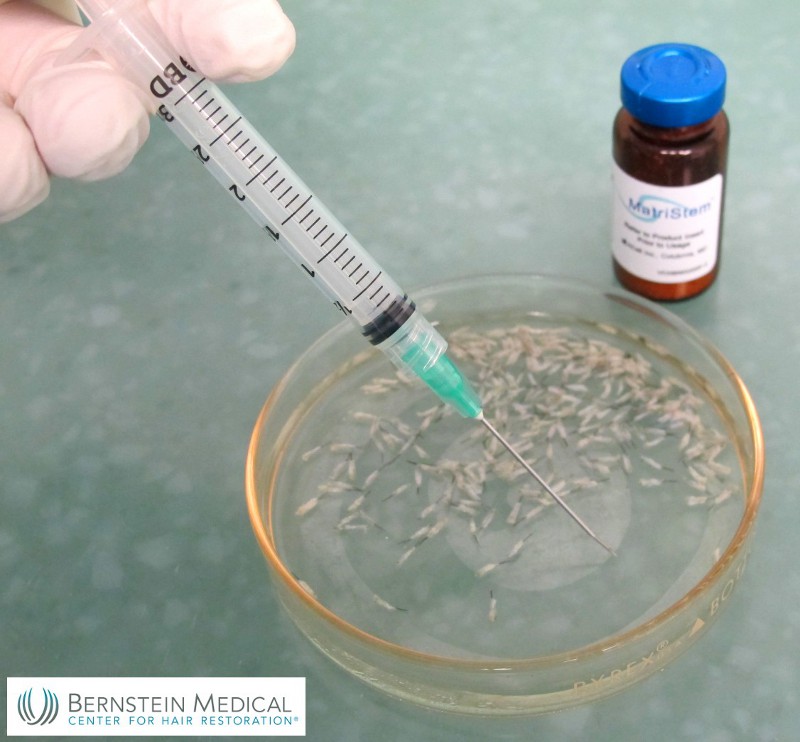February 12th, 2011
Q: I am considering a hair transplant and would like to have the procedure and not be overly obvious about it. What are my options in hiding or concealing any redness after a week or so after the hair restoration? — R.T., Manhattan, NY
A: There are a number of factors that can make a hair transplant obvious in the post-op period. These include the redness that you are asking about, but also crusting and swelling.
Redness after hair restoration surgery is easily camouflaged with ordinary make-up. At one week post-op, the grafts are pretty secure, so that make-up can be applied and then gently washed off at the end of the day. Since the recipient wounds are well healed by one week, using make-up does not increase the risk of infection. At 10 days after the hair transplant, the grafts are permanent and cannot be dislodged, therefore, at this time the makeup can be removed without any special precautions.
Usually, residual crusting (scabbing) presents more of a cosmetic problem than redness, but can be minimized with meticulous post-op care. Crusts form when the blood or serum that oozes from recipient sites after the procedure dries on the scalp. Although it is relatively easy to prevent scabs from forming with frequent washing of the scalp after the surgery, once the scabs harden they are difficult to remove without dislodging the grafts.


 Robert M. Bernstein, M.D., F.A.A.D., the renowned hair transplant surgeon and founder of Bernstein Medical – Center for Hair Restoration in New York, is studying four different applications of ACell MatriStem™ extracellular matrix in a type of hair cloning, called hair multiplication, as well as current hair restoration procedures. Click the link to read the whole press release.
Robert M. Bernstein, M.D., F.A.A.D., the renowned hair transplant surgeon and founder of Bernstein Medical – Center for Hair Restoration in New York, is studying four different applications of ACell MatriStem™ extracellular matrix in a type of hair cloning, called hair multiplication, as well as current hair restoration procedures. Click the link to read the whole press release. CBS News has enlisted the help of Dr. Bernstein in dispelling a series of myths which circulate in the general public about the causes and treatments of hair loss. The feature is titled, “Hey, Baldy: 10 Things You Need to Know about Hair Loss.”
CBS News has enlisted the help of Dr. Bernstein in dispelling a series of myths which circulate in the general public about the causes and treatments of hair loss. The feature is titled, “Hey, Baldy: 10 Things You Need to Know about Hair Loss.”


